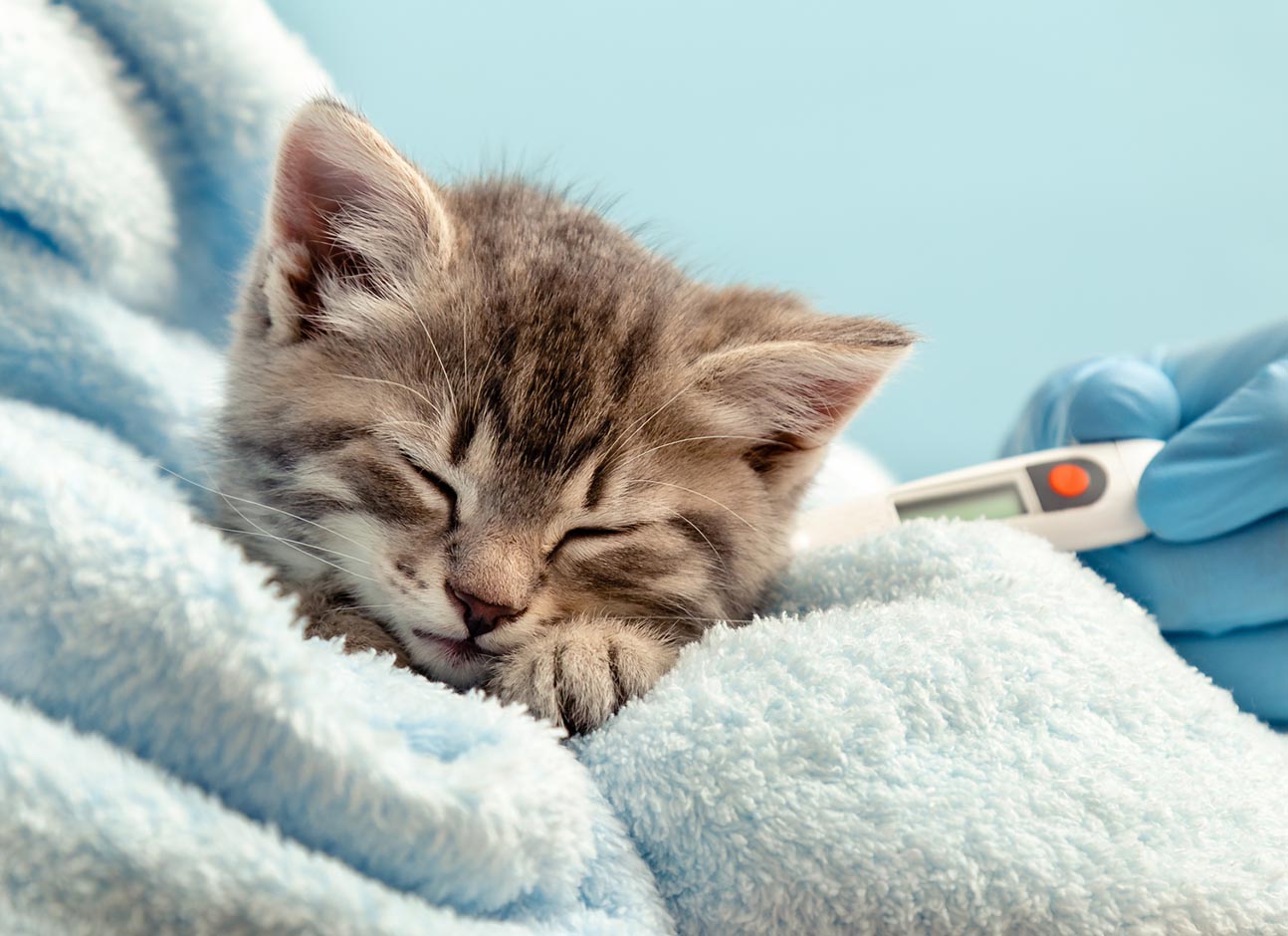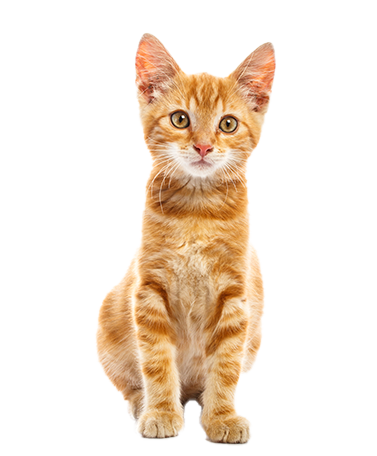Reviewed by Dr. Sarah Yosry
Updated on 1/25/2024
Reading time 2 min.
Overview
Severity: Medium
Life stage: All
Rhinitis, or inflammation of the nasal mucosa, can affect cats and their sensitive sense of smell. Inflammation may cause their narrow nasal passages to become blocked, leading to mouth breathing. As a result, the inhaled air is not warmed or cleaned, potentially causing complications. Rhinitis can be acute, chronic, primary, or secondary.
Symptoms
Rhinitis is characterized by:
Constant sneezing
Mouth breathing
Excessive nasal discharge
High temperature
Frequent pawing at the nose
Lethargy and inactivity
Inflammation around the eyes and nose, possibly with conjunctivitis

Nasal discharge may vary in appearance, from clear and thin to thick and viscous, green with pus, or tinged with red due to blood clots. Even a simple stuffy nose may require treatment.
Causes of Runny Nose:
Parasites
Fungal infections
Dental abscesses
Bacterial infections
Viral infections
Neoplasms
Congenital disorders of the oral and nasal cavities
Foreign objects in the nose
Polyps
Exposure to chemical substances

Allergic rhinitis is more common in purebred cats. A runny nose may also be a symptom of pneumonia and tuberculosis. Factors such as hypothermia, cold food, steam, and hot air can contribute to a runny nose.
Diagnostics and Treatment
To initiate proper treatment, identify and address the underlying cause. The veterinarian will examine your cat and conduct necessary tests before prescribing an appropriate course of treatment. Avoid self-treating your pet without consulting a specialist, as this may complicate the diagnosis and worsen the animal’s condition.
Prevention Methods
Vaccination against viral diseases, which can cause or contribute to a stuffy nose, is an effective preventive measure. Additional preventive steps include:
- Regularly washing bedding and rinsing food bowls.
- Avoiding contact with sick animals.
- Minimizing risks of injury and contact with allergens.
- Seeking prompt veterinary attention if symptoms are suspected.
Cats thrive in comfortable, warm environments with loving care, which can help prevent many diseases.

Share this, choose your platform!
Writen by
Dr. Sarah Yosry
DVM
A product of a rich Australian/Egyptian heritage, Dr. Sarah Yosry stands as a testament to the union of diverse cultures and a shared love for animals…


